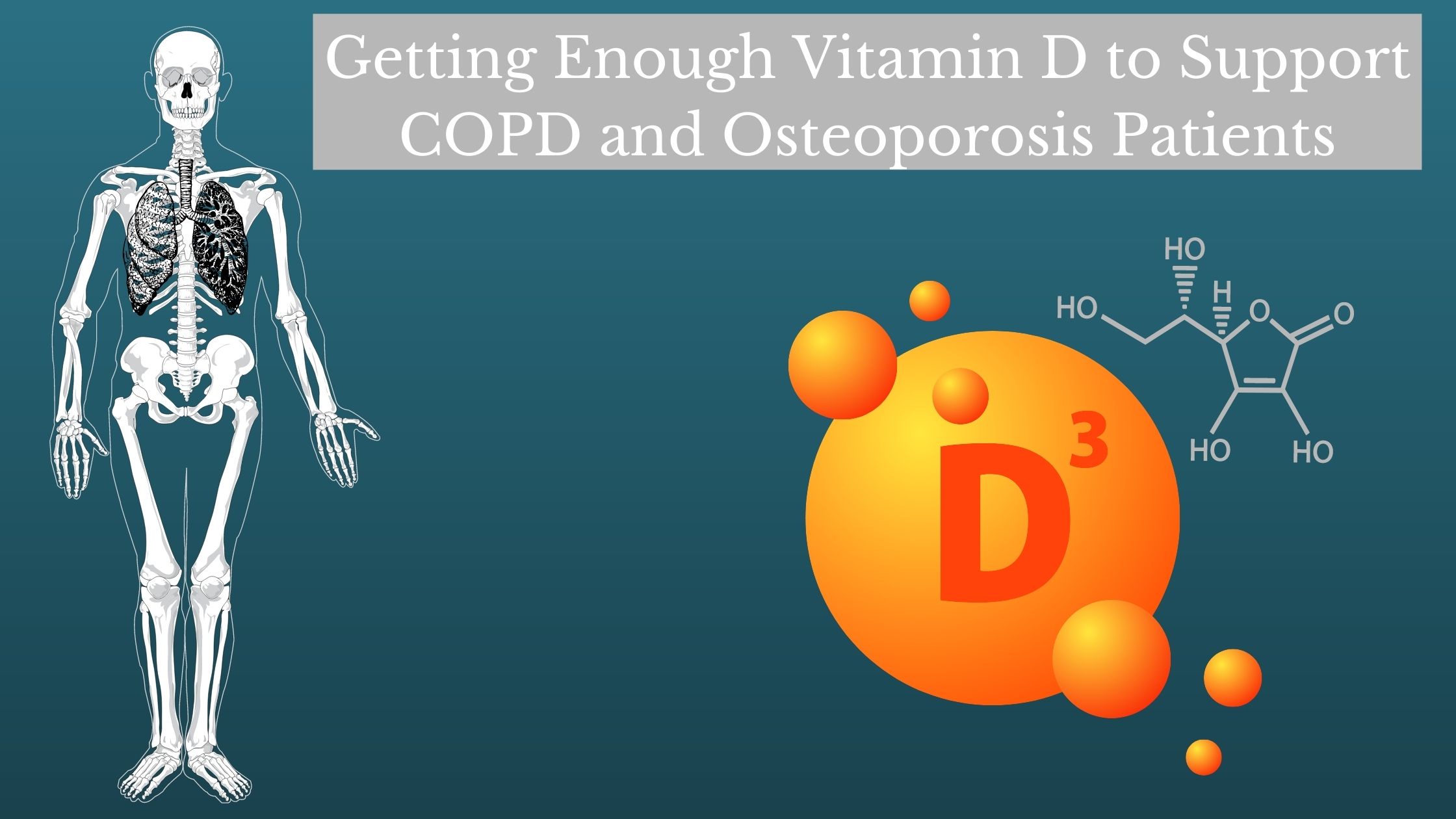
Vitamin D is an important part of everyone's diet, and if you aren’t getting enough vitamin D or if your body is not processing it correctly, you might notice the negative impacts this can have on your health. If you have chronic obstructive pulmonary disease, getting the right vitamins and minerals can be the difference between a good day and a horrible day, or a day spent at home or a day spent in the hospital.
{{cta('fa8abc2a-1e88-4fa3-82fd-1cb5b9ed43b2','justifycenter')}}
What we put in our bodies matters, and how our bodies process those things we ingest also plays a critical role in the way our body as a system performs. If you do not get enough, too much, or your body cannot absorb things correctly, things get worse.
It might not be common knowledge that what we put into our stomachs actually affects our lungs, but it does.
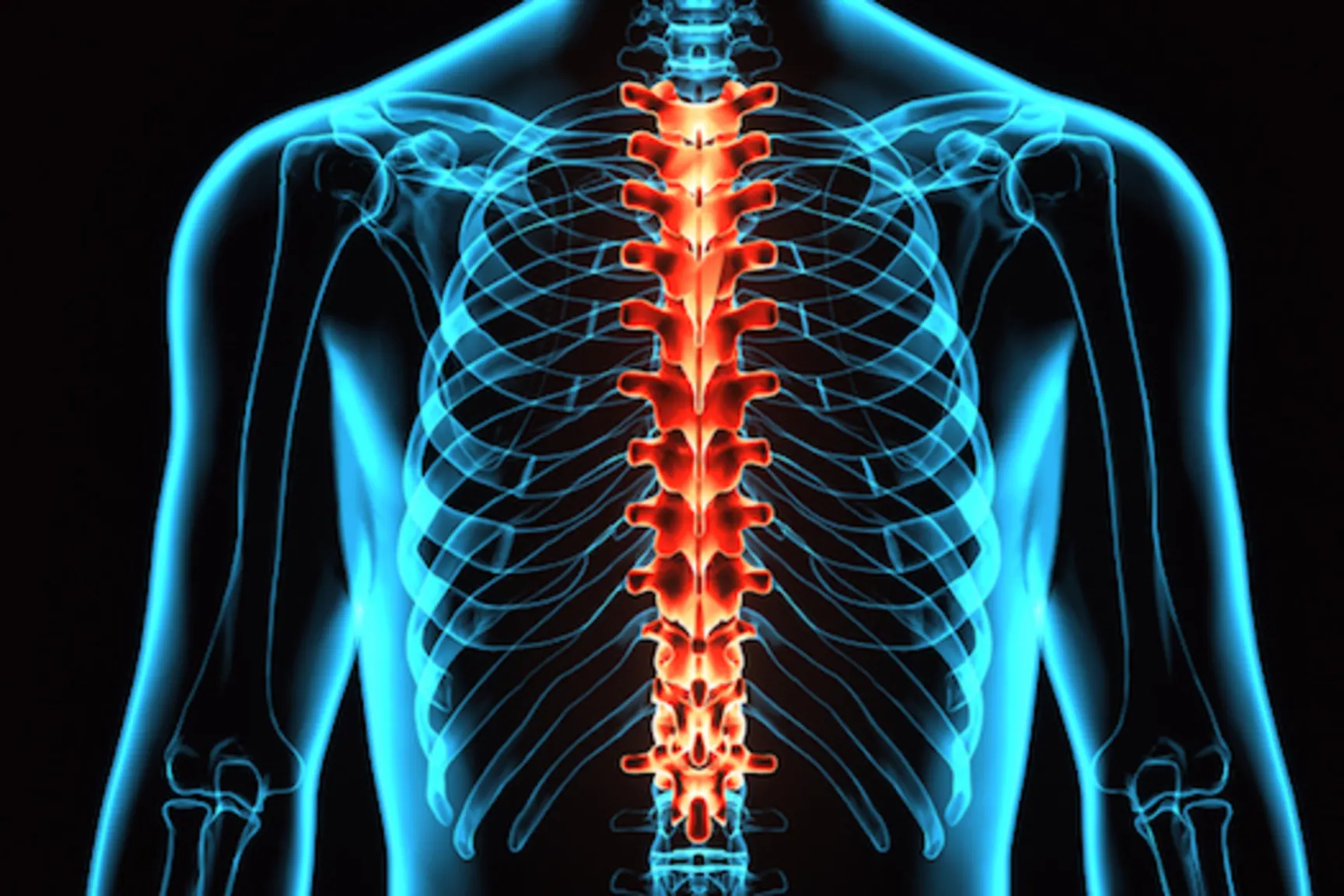
People with chronic obstructive pulmonary disease also known as COPD, need plenty of vitamin D to encourage healthy bones and muscles and encourage a healthy immune system all of which contributes to a healthy lifestyle even with a chronic disease.
If you have COPD read this blog to learn about the benefits of eating food with plenty of vitamin D and when and why you should take vitamin D supplements, and when and why you should not.
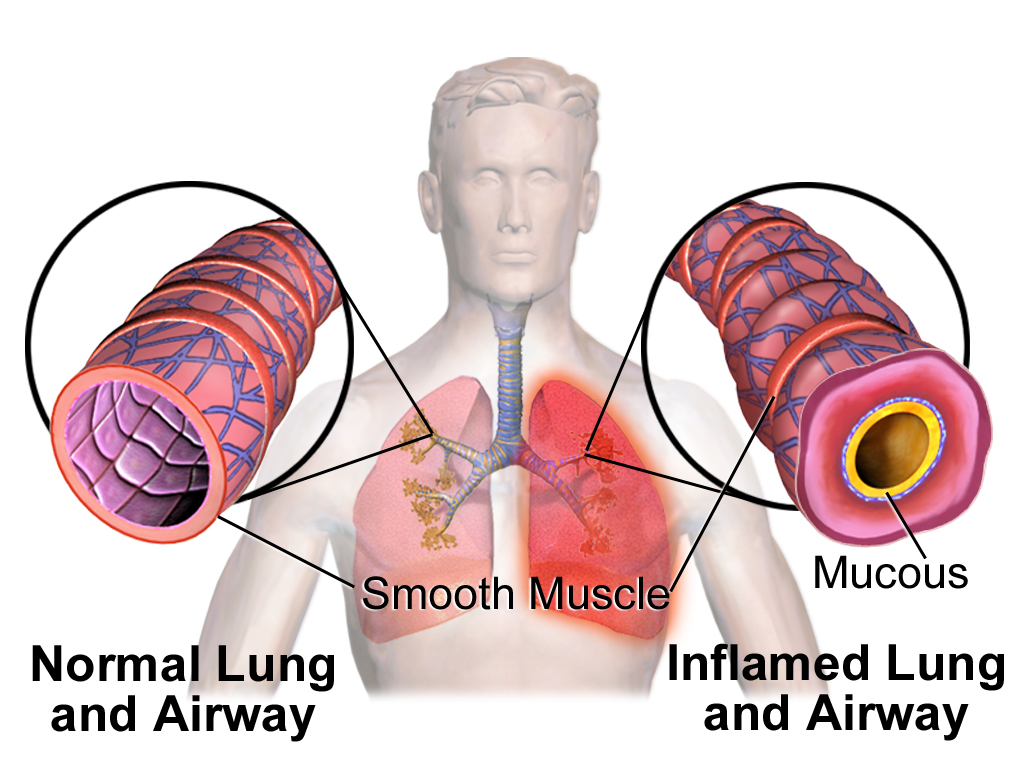
Remember, not everyone is lacking in vitamin D, and so taking supplements could be redundant for you if your body doesn't need it, however, eating foods high in vitamin D is beneficial and will contribute to maintaining stable levels of vitamin D throughout your life.
Vitamin D Why Do We Need It?
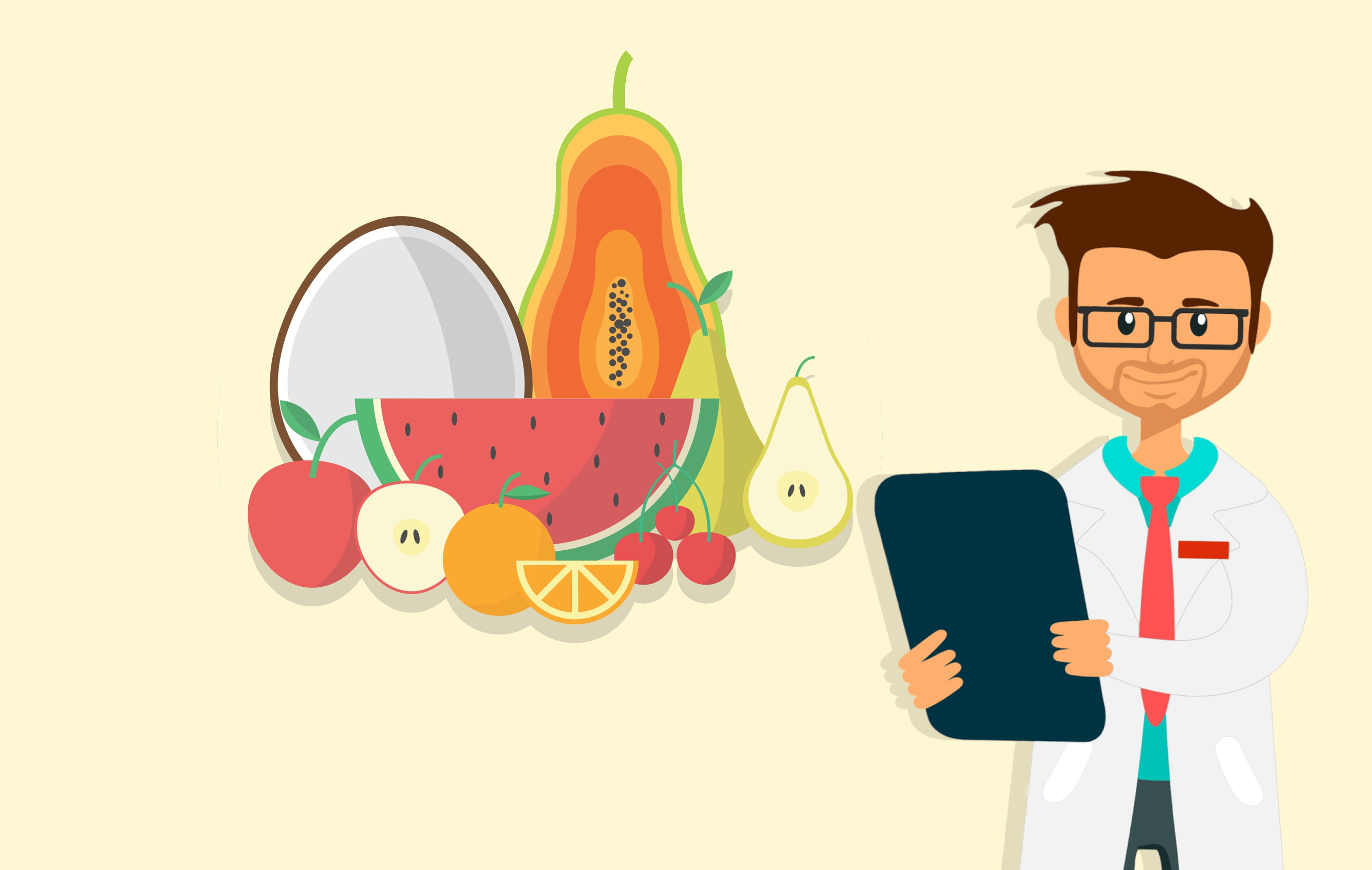
Vitamin D helps regulate the amount of calcium and phosphate in the body. Therefore, these nutrients are helpful if we want to keep bones, teeth and muscles healthy, which for COPD patients is crucial.
Osteoporosis is a common and significant problem in patients with COPD that has advanced into severe stages. The cause of bone loss can be attributed to a number of COPD symptoms and side effects but includes smoking, vitamin D deficiency, low body mass index, amongst other conditions.
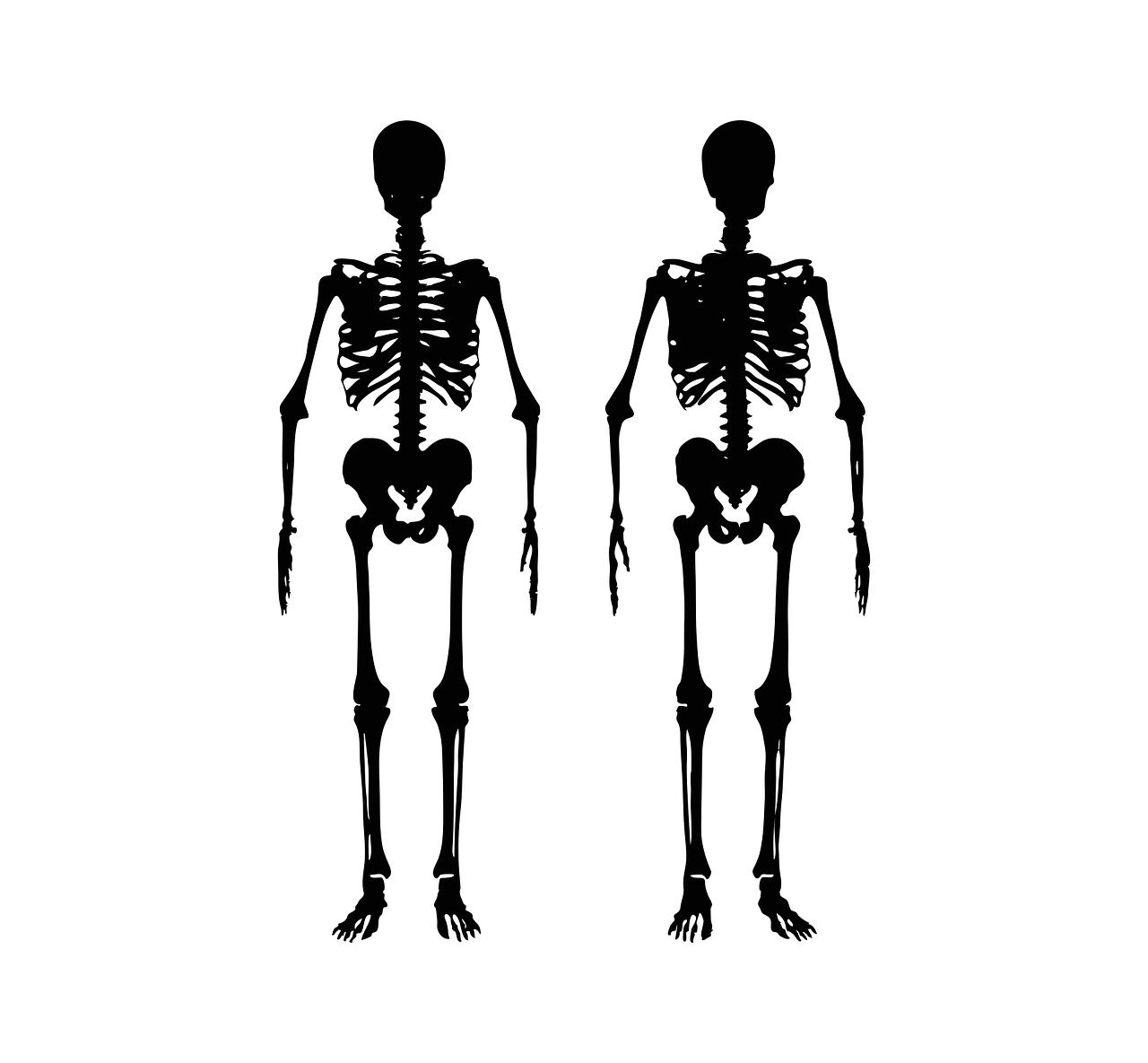
COPD is a respiratory disease that affects more than just your respiratory system, and the causes of COPD, such as smoking and exposure to pollution, can all contribute to other parts of your health.

When we talk about osteoporosis and bone loss and how it is related to COPD, we want to address the seriousness of the lack of recognition! Many patients with both or one of these conditions only know they have one or the other when they experience something related to the disease. In the case of osteoporosis, you might not know you have it until you get a fracture. If you have COPD you might not know it until your condition worsens and the lung damage causes you to experience exacerbations.
Preventing Bone Loss and Treating Osteoporosis
One of the most effective strategies to prevent bone loss and/or to treat osteoporosis include taking or eating foods high in calcium and vitamin D.
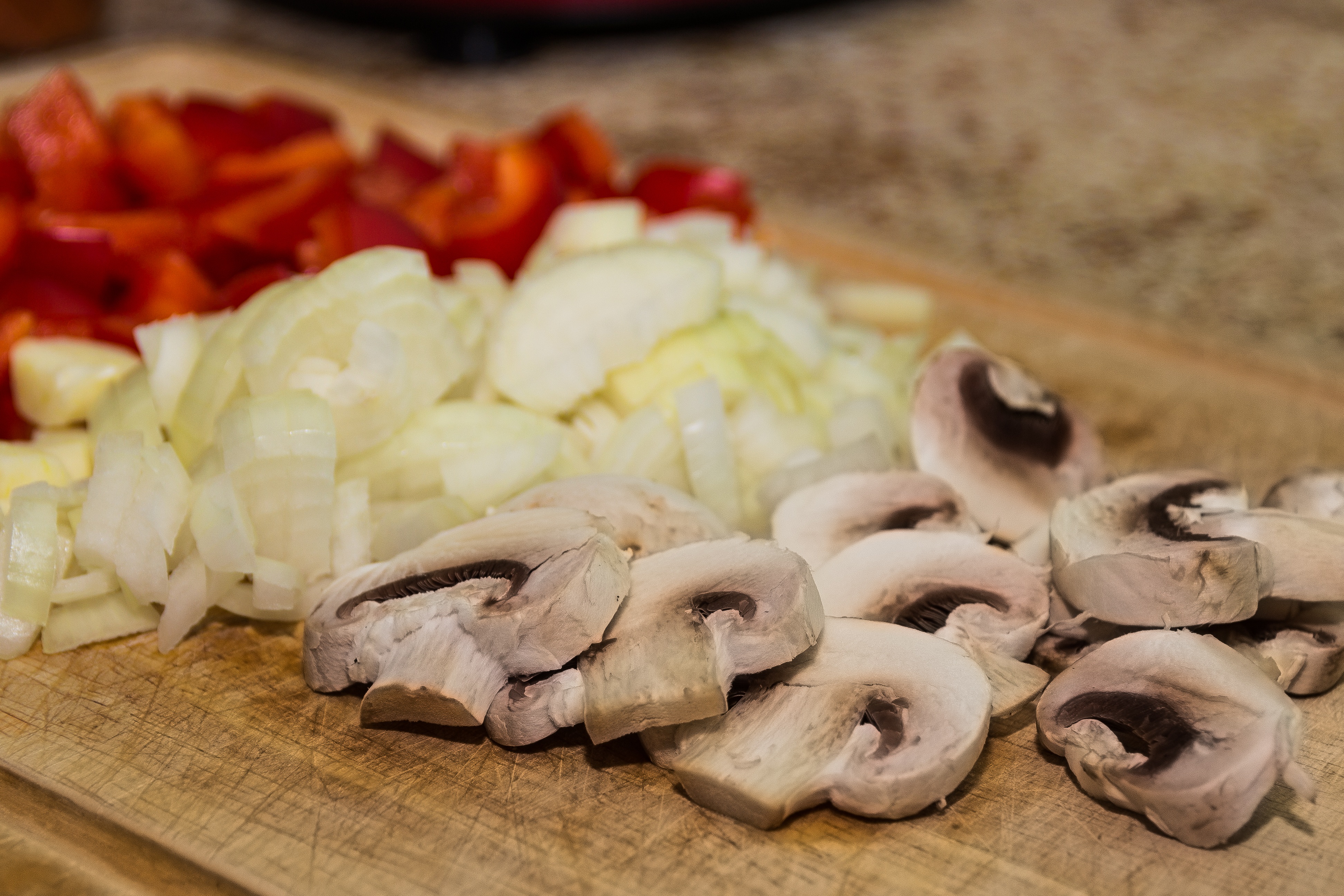
Hormone replacement when indicated by your doctor is also an option as well as, other vitamin D enhancing mechanisms.
COPD and osteoporosis are related due to the various risk factors that influence COPD, such as tobacco smoking, systemic inflammation, vitamin D deficiency, and the use of oral or inhaled corticosteroids (ICSs). All of these factors can work in developing COPD, but also contribute to bone loss and osteoporosis.
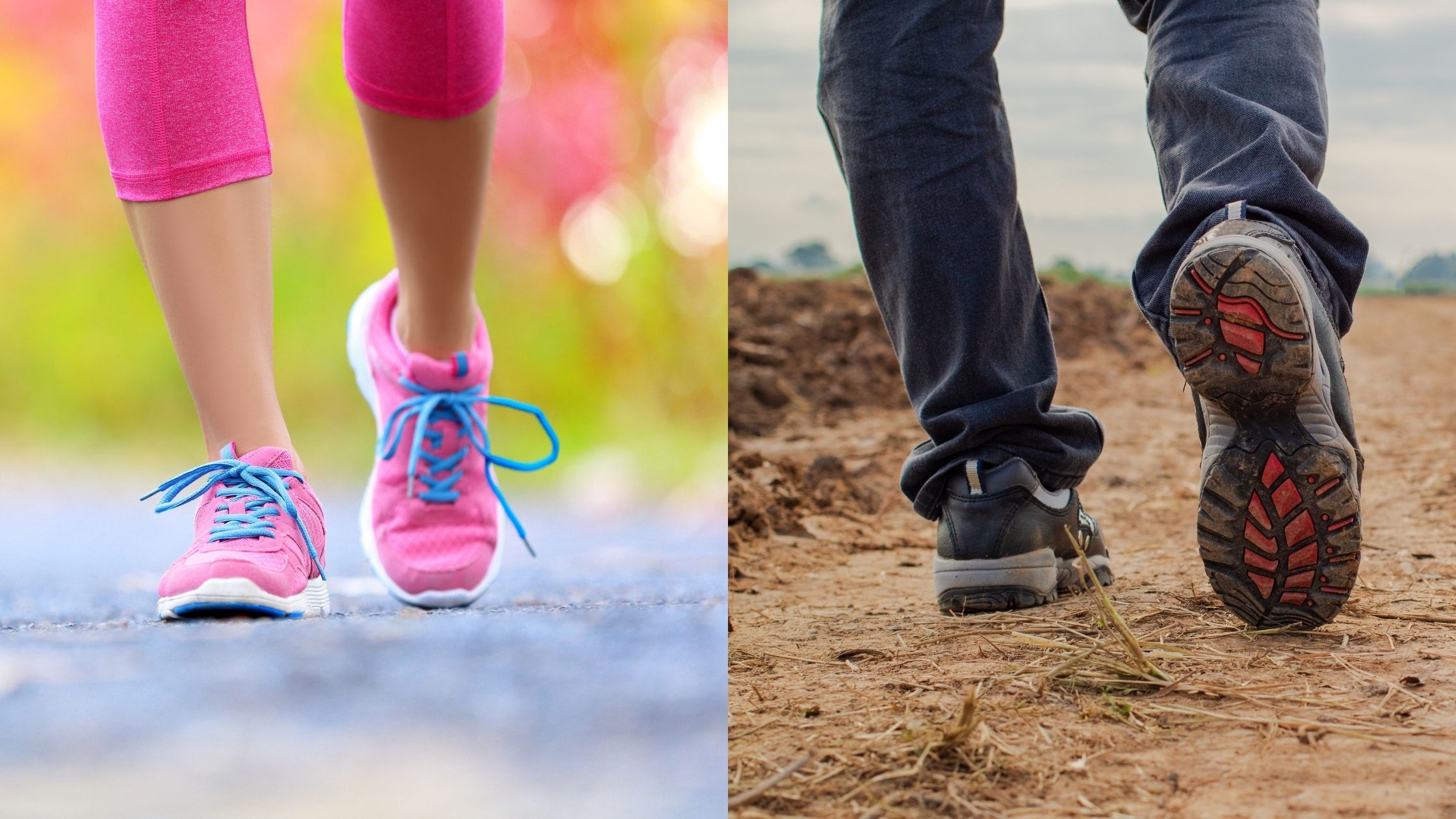
Osteoporosis is a disease characterized by low bone mass and the deterioration of bone tissue, which makes your bones fragile and more prone to fractures. Your bone density is directly related to the mineral your body is able to use to strengthen them.
It is not just patients with COPD, but patients with other chronic lung diseases like cystic fibrosis and idiopathic pulmonary fibrosis, also tend to have an increased prevalence of osteoporosis.
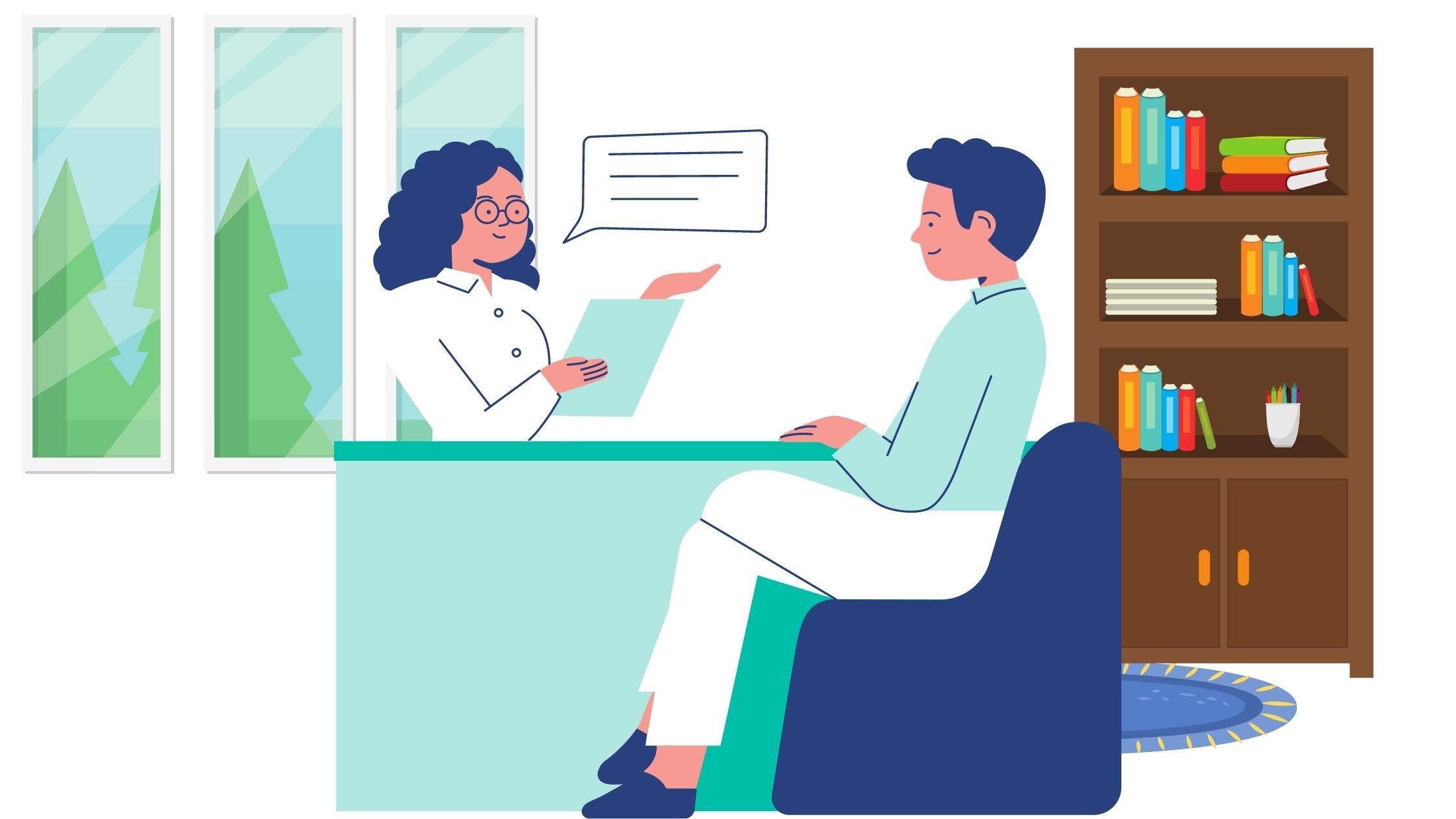
Now that there is an increased awareness by pulmonologists and the increased use of preventive strategies, the impact of osteoporosis on those patients with COPD should decrease. However, in order to actively avoid Osteoporosis if you already have COPD or not, you need to have enough vitamin D.
Getting Enough Vitamin D
Here are some basic ways you can effectively increase your vitamin D levels.
First of all, you need to know how much vitamin D you need in order to know what a healthy amount of vitamin D looks like.
How much vitamin D do you need?
It is up for debate within the scientific community how much vitamin D.
![]()
While the U.S. National Academy of Medicine considers 600–800 IU of daily vitamin D to be sufficient for the majority of the population, the U.S. Endocrine Society recommends 1,500–2,000 IU per day. Although it would be hard to take too much vitamin D, it is best to avoid long-term vitamin D doses in excess of 4,000 IU without supervision from a qualified healthcare professional.
Well what does all of this mean?
Try doing these 7 things to get enough vitamin D:
1. Spend time in sun
We often call vitamin D the “the sunshine vitamin” because sunlight is a great source of this nutrient! If you have COPD, getting out into the sunlight everyday should not be a daunting task, it can be as simple as sitting in a sunroom or on the front porch reading a book.

The sun helps enrich our vitamin D levels because human skin has a type of cholesterol that functions as a precursor to vitamin D so when this cholesterol is exposed to light and radiation from the sun, it becomes vitamin D that our body can use!
Surprisingly, vitamin D from the sun may last twice as long as vitamin D from food or supplements! That being said, just because you are getting plenty of sunlight there are variables in your body that would inhibit you body from making enough vitamin D from the sunlight.

Skin tone and age
Note that people with darker skin have more melanin and therefore need to spend more time in the sun to produce vitamin D than those with lighter skin and less melanin. Melanin is a compound that can prevent vitamin D production.
Age
Your age can also have an impact on the way your body produces vitamin D as well. As you get older, the way your body produces vitamin D becomes less efficient.
Geographical location and season
Obviously, the area you live in will determine that amount of sunlight and subsequently the amulet of vitamin D you’ll be able to produce year-round. If you live in an area with a lot of direct sunlight your physical proximity to the sun’s rays helps you produce vitamin D.
Inversely, if you live in darker or colder environments, your opportunities for adequate sun exposure and vitamin D production decreases.
Sunscreen and clothing
Certain types of clothing and sunscreen can hinder — if not completely block — vitamin D production. This does not mean you should go outside without sunscreen or UV protection! It is vital to protect yourself from skin cancer by avoiding overexposure to sunlight.
Note that it takes very little unprotected time, as few as 8–15 minutes of exposure is enough to make plenty of vitamin D for lighter-skinned individuals and slightly longer for those with darker skin, in the sun for your body to start producing vitamin D.
2. Eat fatty fish and seafood
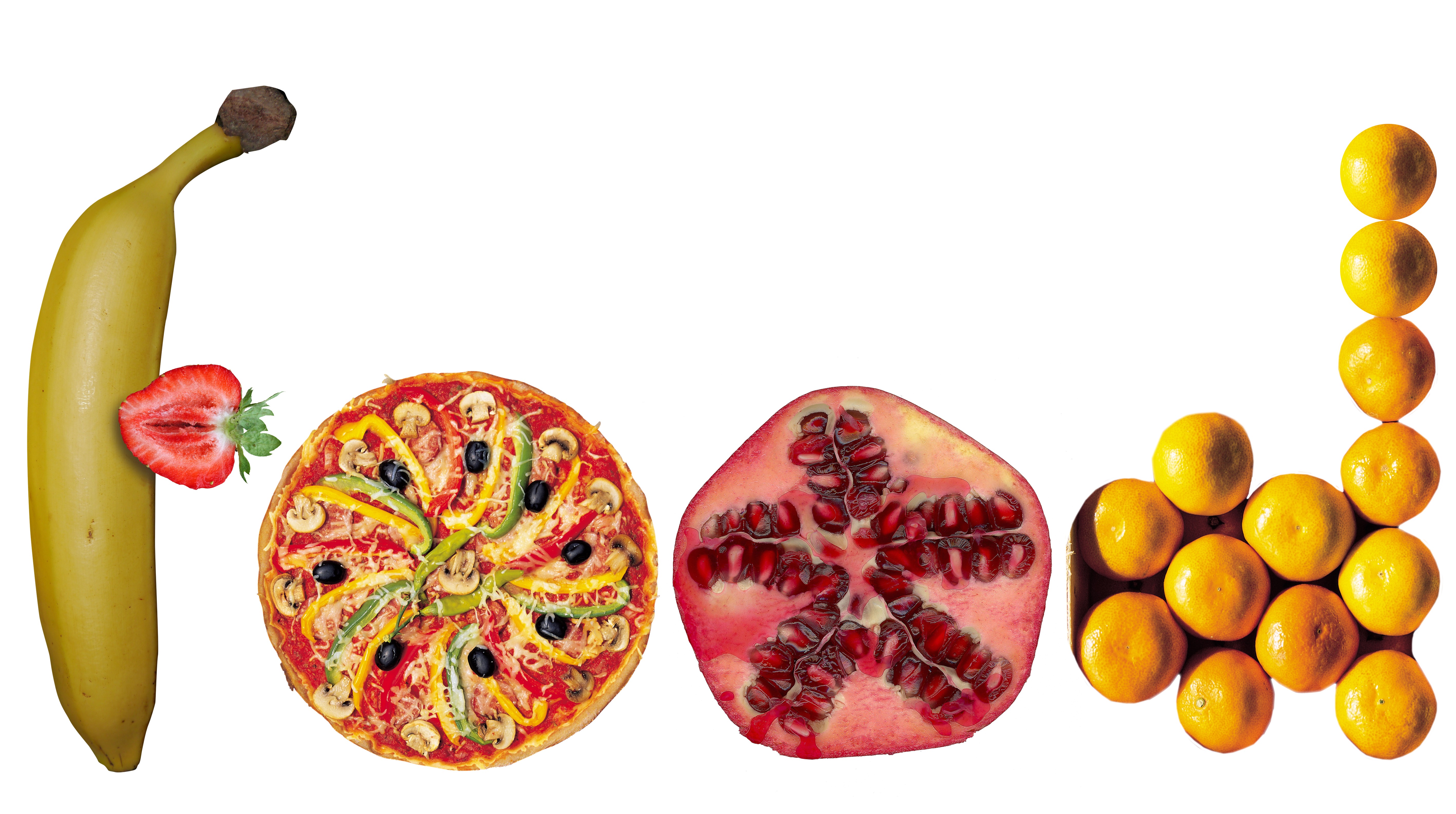
Fatty fish and seafood are a few of the richest natural food sources where you can get plenty of vitamin D.
To put it into numerical values, a 3.5-ounce (100-gram) servings of canned salmon gives you 386 IU of vitamin D.
Other kinds of fish and seafood rich in vitamin D include:
- tuna
- mackerel
- oysters
- shrimp
- sardines
- anchovies
3. Eat mushrooms

Interestingly, mushrooms are the only food source that is vegetarian and also a source of vitamin D.
In a similar way as humans, mushrooms can make their own vitamin D when exposed to sunlight. The difference is that humans produce a form of vitamin D known as D3 and mushrooms produce D2.
{{cta('b59df0c1-c4de-47a8-8e1c-0d33d4b414aa','justifycenter')}}
Both D3 and D2 forms of this vitamin can increase your circulating vitamin D levels, though research suggests that D3 from sunlight is known to raise levels more effectively and efficiently than D2 from mushrooms.
The vitamin D content depends on the type of mushroom, but certain kinds can provide as much as 2,348 IU per 3.5-ounce serving, even more than canned salmon!
4. Add egg yolks to your diet

Egg yolks are another source of vitamin D that you can easily add to your routine.
Like many other natural food sources, egg yolks have variable vitamin D content.
Overview
Health related issues go together like peanut butter and jelly, for example high cholesterol and heart attacks or osteoporosis and bone fractures. It's less intuitive that breathing problems and osteoporosis are also commonly related, but these conditions are seen together so often that it's obvious one influences the other.

What does breathing have to do with your bones? How can the shortness of breath you experience due to your COPD be related to your bone fractures?
When we look deeper at the relationship between osteoporosis and COPD we can see the logic. Not only is chronic obstructive pulmonary disease (COPD) linked to osteoporosis, furthermore, loss of lung capacity is associated with osteoporosis.
The blockage of lung blood vessels can be associated with a treatment for osteoporosis-related fractures. Understanding this relationship among others, can help you better manage both conditions.
Getting enough vitamin D is essential for both COPD and Osteoporosis, and in doing so you are advancing your health, and improving your quality of life!

